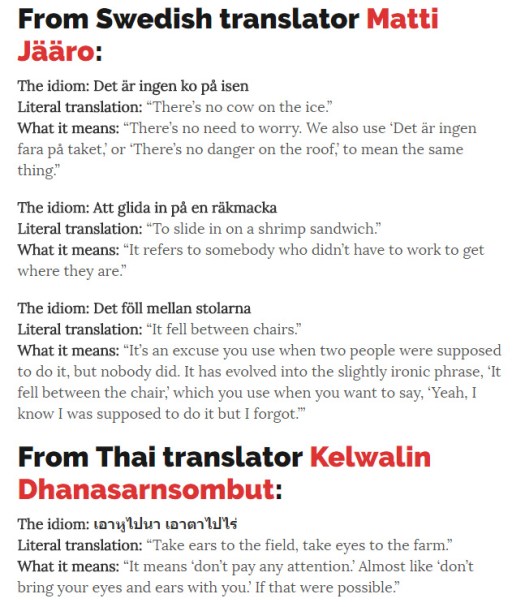In the video below (recently shared by AJ Juliani in my PLN — thanks, AJ!), Todd Rose shares the following story (starting at 22:07).
In the 1960’s scientists were puzzled why the infant reflex to “walk” disappears after around 2 months, later returning when they are ready to walk at around a year old. Based on a method of averages, they determined it had to do with the fact that our brains mature and therefore suppress that reflex. This belief ended up in pediatrics books, which landed babies getting checked for developmental brain delays and remediation if their reflex didn’t go away by 2 months. Fortunately, Esther Thelen later proved this false; by looking at individuals rather than averages, and by varying the contexts with each of these babies, she discovered that at 2 months of age, infants’ thighs simply get chubbier, rendering their legs too heavy to lift that way.
“So here we have this really complicated story about brain maturation that we’re sending kids off to remediation off of, when it turns out it has nothing to do with that, just by taking context seriously.”
As an educator, the phrase, “taking context seriously” jumps out to me. We know we are in the business of working with people. We know learning is a messy process. We know that we need to see our students as individuals first.
Yet all these truths seem to take a back seat when it comes to testing, GPAs, and report cards.
Why? Because we consistently sweep away that context of the individual in favor of finding and measuring up against that ever-supreme average.
Fortunately, research like Todd Rose’s is finally shedding light on just how misleading the average is when we are looking at the individual (he makes the point that it can still be very valuable when looking at large groups, but that when it comes to individuals, average does not exist). Though the longstanding belief has been that we use the “average” because it matches the largest number of people, the truth is that we are so complex that the average actually ends up matching virtually no one.
So in education, it’s when we “take context seriously” that we find out where a learner really is on their journey.
We take into account all the nuances and complexities of the individual to not only analyze just how far they’ve come (ie, taking into account poverty, developmental delays, etc) but to identify their strengths that will help them work toward mastery.
As Rose says later in the talk,
“Empower students with self-knowledge to make choices on their own behalf.”
https://www.youtube.com/watch?v=6otfpZV9Zao
We have the tools in our 21st century world to help our students understand their own contexts and leverage that knowledge to take ownership over their own learning process. We need to resist the idea that certain skills and knowledge need to be attained by certain, average benchmarks in time because these averages, in fact, apply to so few people.
Our individual contexts are just too unique to be lumped into the average.

featured image: DeathToTheStockPhoto
Note, at the end of the Google Talk, Rose addressed some excellent audience questions, including how we measure success in the education system in lieu of the average. Rose shares two fascinating possibilities I also wanted to share here:
1. As tech is giving us greater opportunities for individualized learning, we’ll soon see a shift, especially in higher-ed, toward “Micro-credentials and competency based measurements” instead of the traditional semesters/grades system.
2. We need to use clearly defined, competency-based outcomes to measure success. To know how well an individual is doing, we need benchmark them against their own progression in that competency, and you don’t have to look at anyone else’s progress to know that. (“A diploma with a 3.2 vs. “I have these competencies.””)











